Blog
How To Avoid Common Tree Issues in Northern Ontario
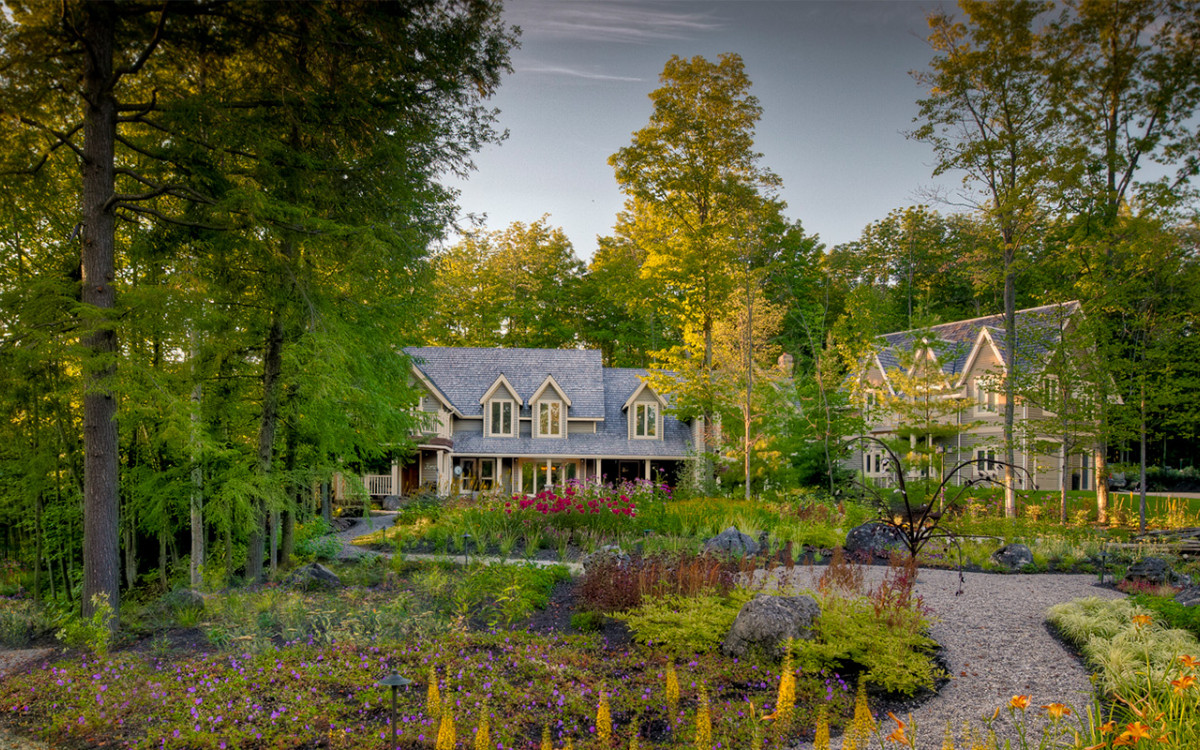
Trees are the largest plants in our yard, but we focus the majority of our attention on our lawns and the shrubs and flowers that grace our gardens.
I’m sure you don’t intentionally neglect your trees… if you’re like most people, you just don’t think of them as being that needy. But just like any living thing, they do need some level of care to keep them strong and healthy.
In this post, you’ll discover the importance of trees in your landscape, some common issues faced by trees in Northern Ontario, and tips on how to care for your trees.
Trees are a crucial part of any landscape
Trees are aesthetically beautiful and extremely beneficial to the environment, contributing to our health and the health of the planet.
Beauty and visual interest — Trees come in a variety of shapes, sizes, and colors, making them a versatile and attractive addition to any outdoor space.
Shade and cooling — A nice, shady tree keeps outdoor spaces cool and comfortable during hot summer months. They can also reduce the need for air conditioning, lowering energy costs and reducing your carbon footprint.
Habitat for wildlife — Trees provide food and shelter to a variety of wildlife, including birds, squirrels, and insects.
Improved air quality — Trees are natural air filters. They absorb carbon dioxide and other pollutants and release oxygen back into the atmosphere. Just one large tree has the capacity to provide oxygen for up to four people each day.
Maintain the integrity of the soil — Trees help anchor soil in place, reducing erosion and improving the overall health of your soil.
Water control — By absorbing water, trees reduce the risk of flooding and improve water quality by preventing sediment from eroding into our waterways.
Property value — Having mature trees on your property makes it more attractive to potential buyers and can raise its value 5% or more.
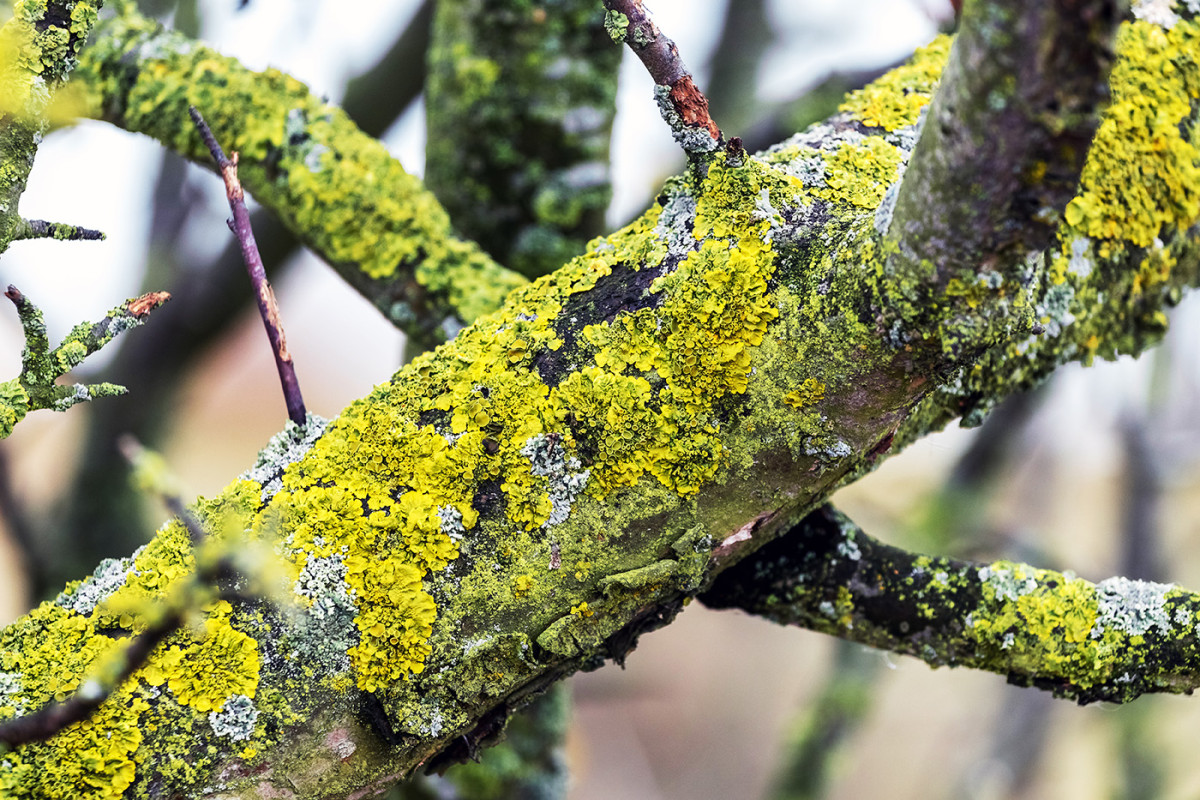
Common tree issues in Northern Ontario
Many people lack the knowledge or simply don’t have the time to properly care for their trees. Here are a few of the more common tree issues homeowners in Northern Ontario should be aware of:
Winter damage — It’s no secret that trees in Northern Ontario are subject to some harsh winter conditions, causing damage to the branches, trunks, and roots of trees. Left unchecked, this damage weakens them, making them more vulnerable to pests and diseases.
Insect infestations — Invasive species such as the emerald ash borer and the gypsy moth (renamed “spongy moth”) can cause significant damage and even kill trees in Northern Ontario. Watch for a thinning of the leaves in the canopy (usually starting at the tops and sides), “D” shaped exit holes, and the presence of the insects and their larvae. Prompt action is needed to prevent infestations from spreading.
Fungal disease — Root rot is a fungal disease that can be caused by many factors, such as poor drainage, overwatering, compacted soil and the activation of dormant fungal spores.
Damage from deer — You may be delighted to spot deer in your yard, but they can cause a lot of damage, particularly to young trees. Deer can strip bark from the trunk, which can kill the poor tree.
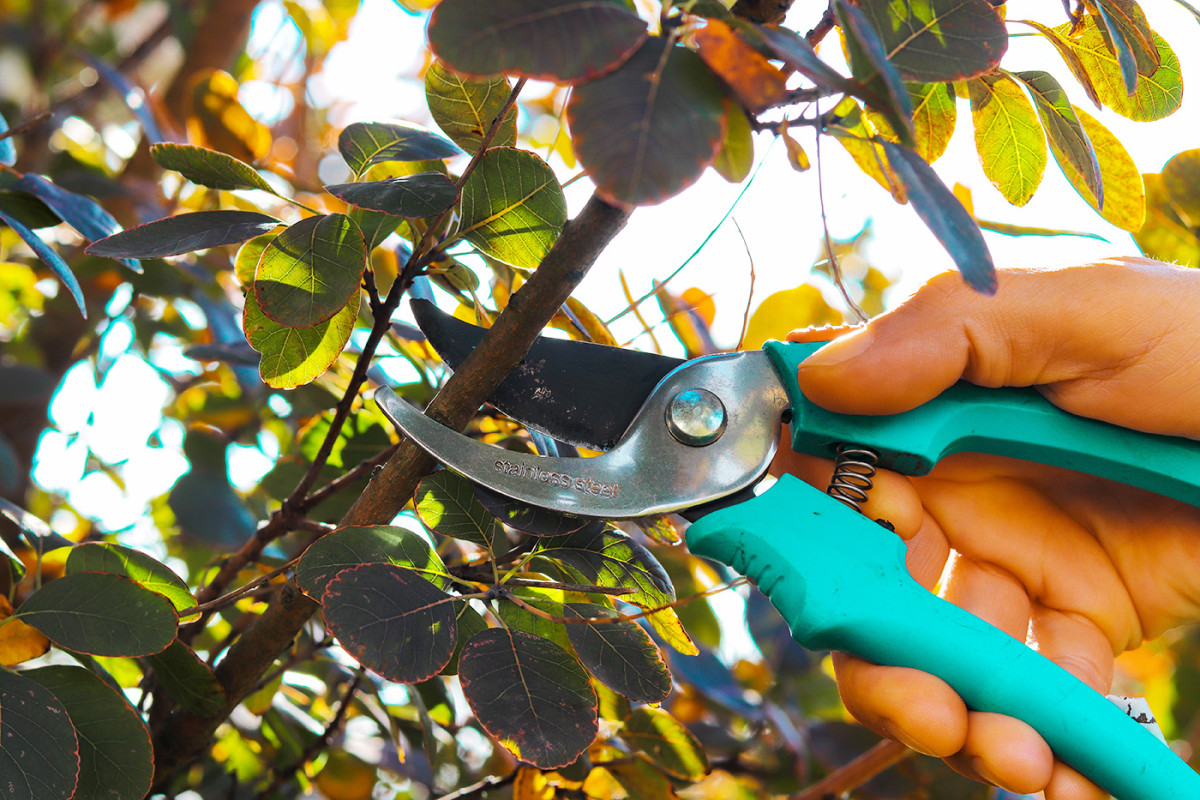
How to care for your trees
Trees can take years to show signs of neglect, so it’s important to be proactive and care for them properly before significant damage occurs — or a limb falls off and seriously injures someone.
Watering — During the first few years, trees need to be deeply and infrequently watered to encourage deep root growth. Once or twice a week should be sufficient. Mature trees only need watering during extended periods of drought.
Mulching — Mulch helps retain moisture in the soil, regulates soil temperature and helps control weeds. All that’s needed is a 2-4 inch layer of organic mulch around the base of the tree. Be sure not to pile the mulch against the trunk… it can cause the trunk to decay, making the tree unstable.
Pruning — Pruning helps maintain the tree's shape and structure, improves air circulation and removes damaged or diseased branches. The best time to prune is when the tree is dormant, making sure not to remove more than 25% of the tree's branches at one time.
Fertilizing — Your lawn and gardens need fertilizer, and so do your trees — especially in nutrient-poor soils. Use a slow-release fertilizer during the growing season, following the application instructions carefully.
Pest and disease control — Monitor trees regularly for signs of damage, and take action if necessary.
General protection — Protect trees from damage caused by lawnmowers, weed whackers, and other tools. Avoid compacting soil around the base of the tree to maintain airflow and protect the roots.
By following these general care tips, you can help to ensure the health and longevity of your trees, while also enjoying the many benefits they provide to your landscape and the environment. It's important to remember that each species of tree has its own unique needs, so consult with a professional or do research to determine the best care practices for your specific trees.
At the Landmark Group, we have certified arborists and horticulturalists on our property care team who can help you care for your trees and address specific concerns. Just reach out to us and we’ll be happy to help care for your entire property, including your trees!
Read More Posts
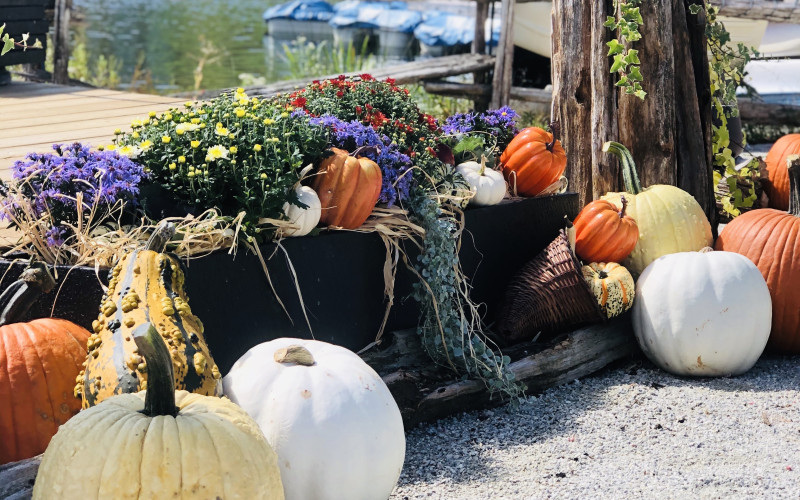
Three ideas to style your fall decor
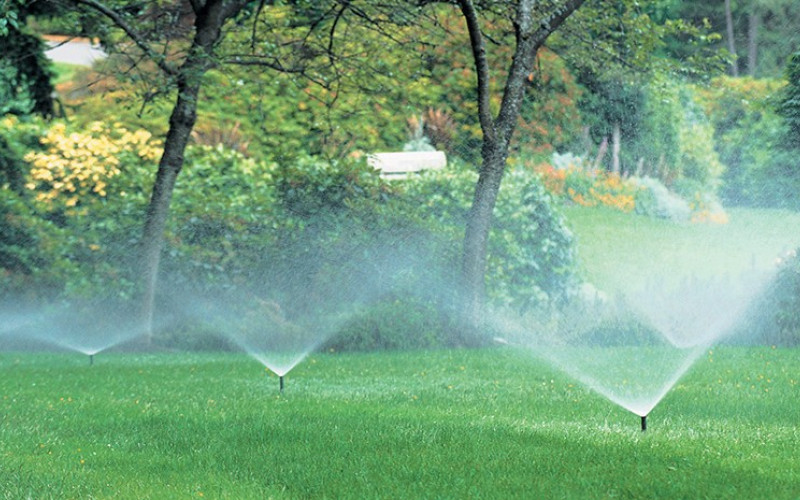
How Smart Irrigation Can Save You Water & Money
